The information was shared by Master Le Thi Ha Quyen, Department of Rehabilitation, Ho Chi Minh City Hospital of Rehabilitation and Occupational Disease Treatment, at a recent seminar on Rehabilitation and Stroke Treatment organized by the Center for Disease Control.

Patients receive rehabilitation training at a hospital in Ho Chi Minh City (Photo: Hoang Le).
Severe shortage of rehabilitation personnel
Currently, there is a serious shortage of human resources in rehabilitation. This situation also exists in Ho Chi Minh City. In terms of specialization, rehabilitation doctors are the most important group that needs to be trained but there is a serious shortage.
According to Dr. Quyen, each year, Ho Chi Minh City University of Medicine and Pharmacy only recruits about 30 students, including specialist 1, specialist 2 and residents. Not to mention, this number must be divided equally among the provinces.
"The whole old Ho Chi Minh City only had 47 rehabilitation doctors. The shortage of doctors led to a situation where health insurance was easily overpaid and many hospitals could not establish rehabilitation departments according to regulations," Dr. Quyen shared.
For physical therapists, the supply is relatively stable, with about 200 graduates each year. This is the only major that has been popular for decades.
Meanwhile, occupational therapy technicians are only trained at Ho Chi Minh City University of Medicine and Pharmacy, with about 30 graduates each year...
Dr. Quyen said that community-based rehabilitation is a program that has been implemented by the Ministry of Health for nearly 30 years, but in Ho Chi Minh City, its application faces many difficulties due to its large area and urban characteristics.
Currently, after the merger, Ho Chi Minh City has 2 rehabilitation hospitals (Occupational Disease Rehabilitation Hospital and Binh Duong Rehabilitation Hospital).
The city is aiming to bring rehabilitation into health stations, with the goal of each station having a rehabilitation room or department. The Ho Chi Minh City Department of Health also plans to pilot community rehabilitation in areas with many stroke patients.
Why do stroke patients need rehabilitation?
Stroke is a serious medical condition that leaves many sequelae and complications if not treated promptly and properly.
Strokes leave many serious complications related to movement. Patients often suffer from weakness or paralysis of one side of the body, or even quadriplegia in severe cases such as cerebral hemorrhage. This makes them dependent on caregivers, making it difficult to perform basic activities such as brushing teeth, eating or moving.

Medical staff persistently practice pronunciation rehabilitation for patients (Photo: Hoang Le).
One common complication is pressure ulcers, which occur when prolonged pressure damages the skin and tissues in areas of the body. Another complication is muscle atrophy, which is caused by prolonged immobilization or malnutrition, reducing the number and size of muscle fibers, making recovery difficult.
Stiffness, commonly found in the elbows, knees and ankles, occurs when the joints are not flexed regularly and can lead to severe Achilles tendon contracture, affecting the ability to sit or walk.
Venous thrombosis is also a major risk, when blood stagnates in the legs due to bed rest, it can cause blockage or move to the lungs, heart, or brain.
Respiratory complications, especially pneumonia, are a major risk for stroke patients, especially those requiring mechanical ventilation, tracheostomy, or swallowing disorders that lead to aspiration.
Language disorders are another complication, ranging from being unable to speak with understanding to having difficulty finding words or expressing desires. This makes it difficult for patients to communicate and can lead to isolation from the community.
Emotional disorders are also common in conscious patients, when they feel unable to work, communicate, live, become a burden to the family, leading to anxiety, depression or negative thinking.
Other complications include malnutrition due to swallowing disorders, urinary and bowel disorders such as urinary or bowel retention, postural hypotension due to prolonged lying down, and the risk of falls when the patient begins to move.
The risk of stroke recurrence is also a major problem, requiring strict control of blood pressure, blood sugar, blood lipids, quitting smoking and drinking, maintaining appropriate physical activity and adhering to long-term medication.
Rehabilitation is therefore key to reducing complications and improving quality of life for stroke patients. It should be initiated as soon as possible, once the patient's medical condition has stabilized, usually within 28-48 hours for ischemic stroke and more cautiously for hemorrhagic stroke.
Rehabilitation programs need to be individualized based on the extent of injury, age, underlying disease and comorbidities, requiring multidisciplinary coordination between doctors, nurses, physical therapists, occupational therapists, speech therapists, nutritionists and social workers... Families also play an important role in caring for and supporting patients.
According to statistics from the Ministry of Health, Vietnam is one of the countries with great need for rehabilitation with about 7% of the population aged 2 and over being disabled and 4 million people affected by toxic chemicals.
In addition, the aging population, disease patterns, cardiovascular disease, stroke, mental illness, the Covid-19 pandemic, etc. also increase the number of people needing rehabilitation.
The Ministry of Health has set a target that by 2030, 90% of provinces and cities will implement community-based rehabilitation models and the number of health workers working in the rehabilitation field will reach at least 0.5 people/10,000 people.
Source: https://dantri.com.vn/suc-khoe/tphcm-van-khat-bac-si-phuc-hoi-chuc-nang-20250823100646133.htm



![[Photo] National Assembly Chairman Tran Thanh Man holds talks with New Zealand Parliament Chairman](https://vphoto.vietnam.vn/thumb/1200x675/vietnam/resource/IMAGE/2025/8/28/c90fcbe09a1d4a028b7623ae366b741d)
![[Photo] Red flag with yellow star flutters in France on National Day September 2](https://vphoto.vietnam.vn/thumb/1200x675/vietnam/resource/IMAGE/2025/8/28/f6fc12215220488bb859230b86b9cc12)

![[Photo] Politburo works with the Standing Committee of Cao Bang Provincial Party Committee and Hue City Party Committee](https://vphoto.vietnam.vn/thumb/1200x675/vietnam/resource/IMAGE/2025/8/28/fee8a847b1ff45188749eb0299c512b2)
![[Photo] General Secretary To Lam attends the opening ceremony of the National Achievements Exhibition](https://vphoto.vietnam.vn/thumb/1200x675/vietnam/resource/IMAGE/2025/8/28/d371751d37634474bb3d91c6f701be7f)
![[Photo] General Secretary To Lam presents the 45-year Party membership badge to comrade Phan Dinh Trac](https://vphoto.vietnam.vn/thumb/1200x675/vietnam/resource/IMAGE/2025/8/28/e2f08c400e504e38ac694bc6142ac331)
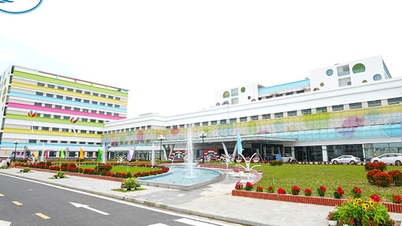

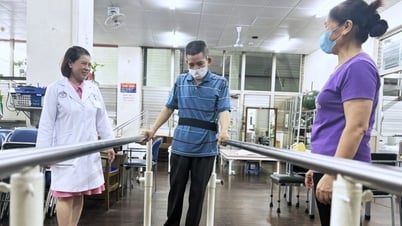




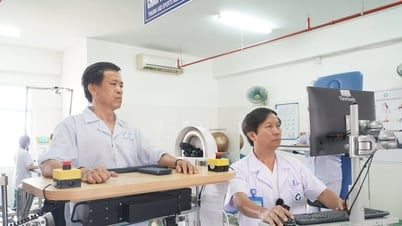

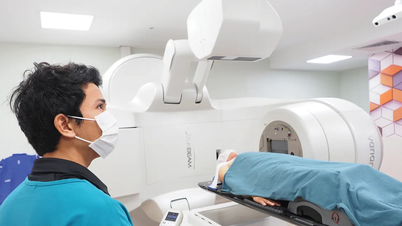





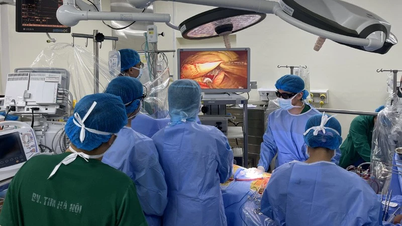

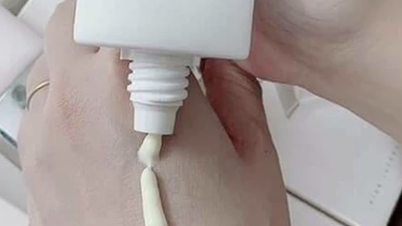
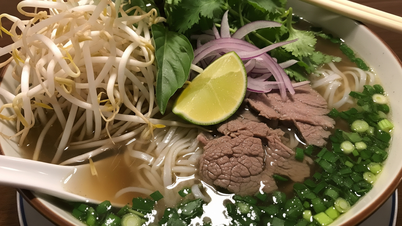
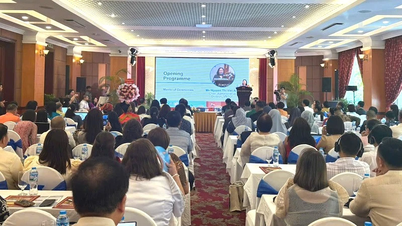




















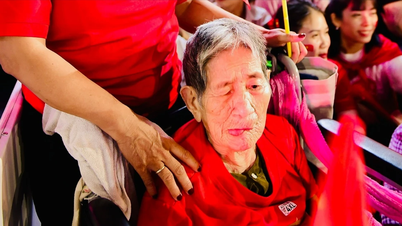










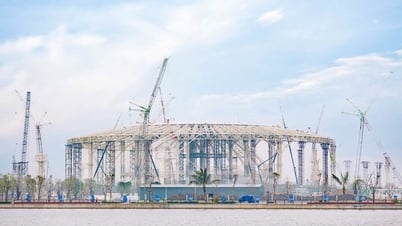




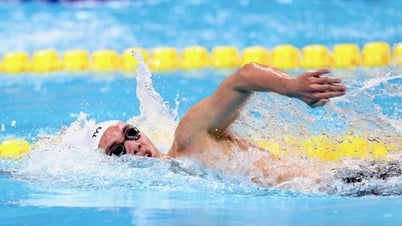
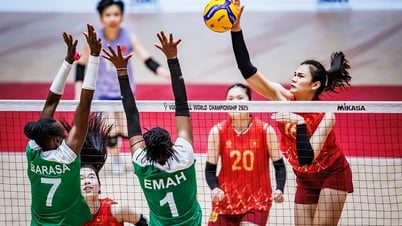

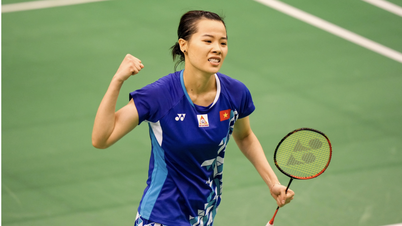







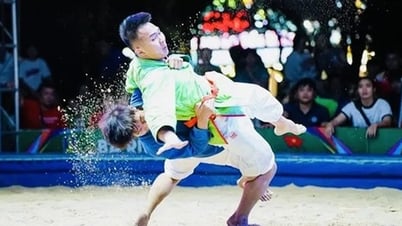
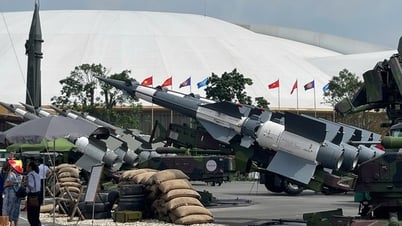




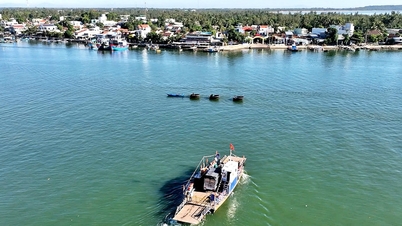
















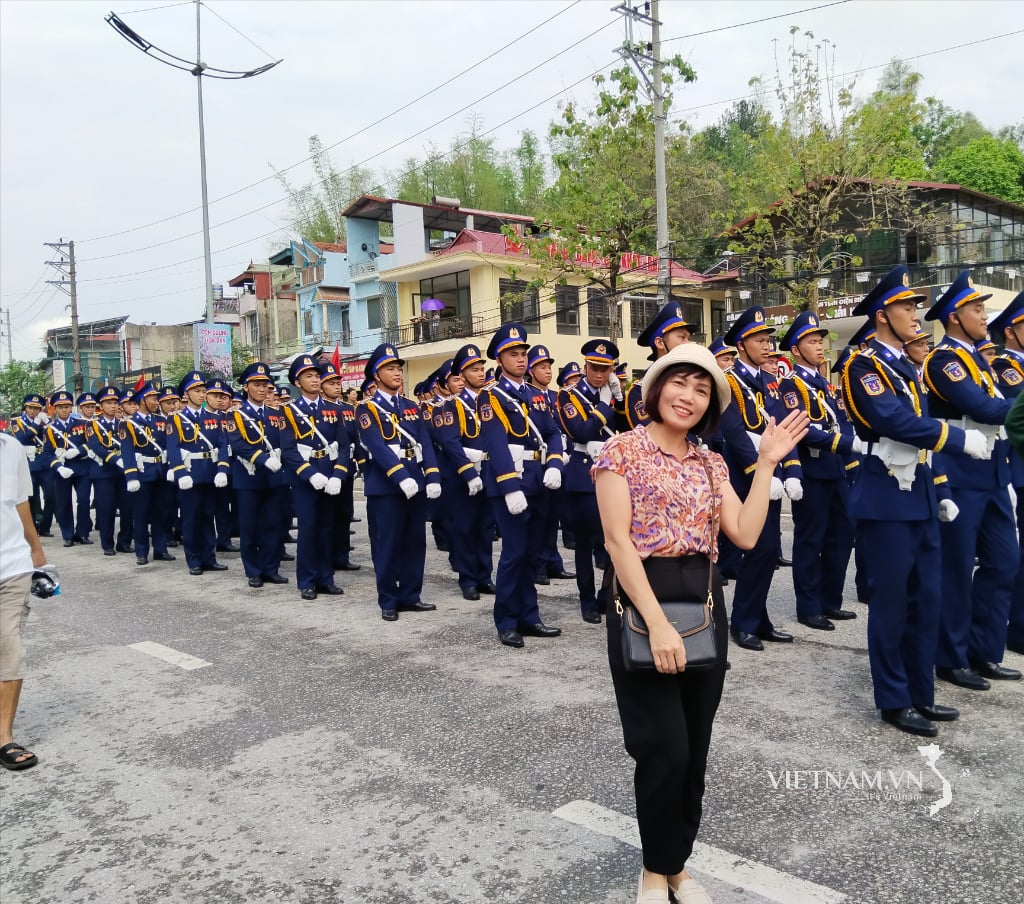
Comment (0)